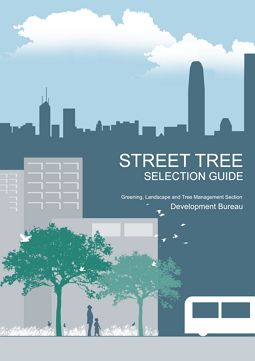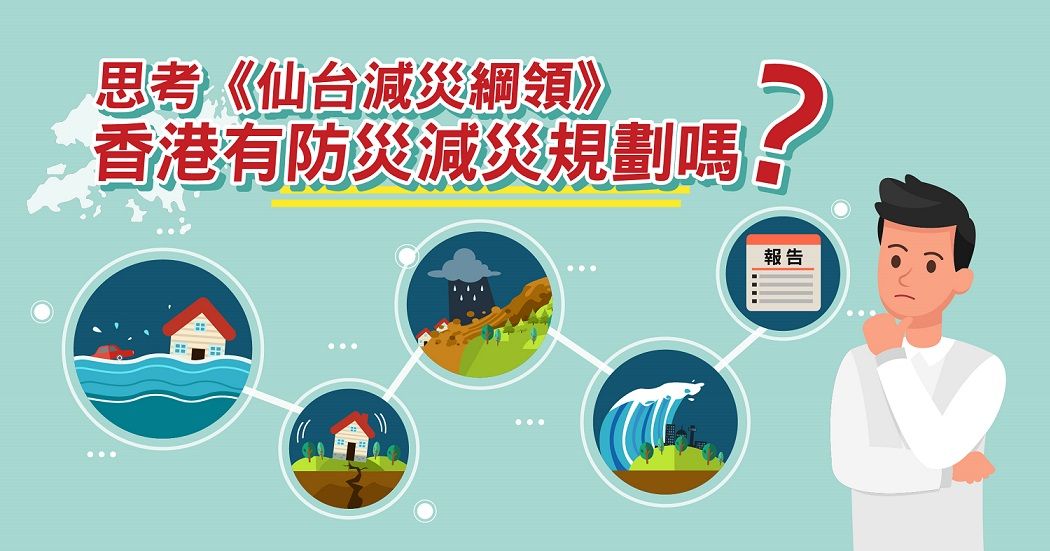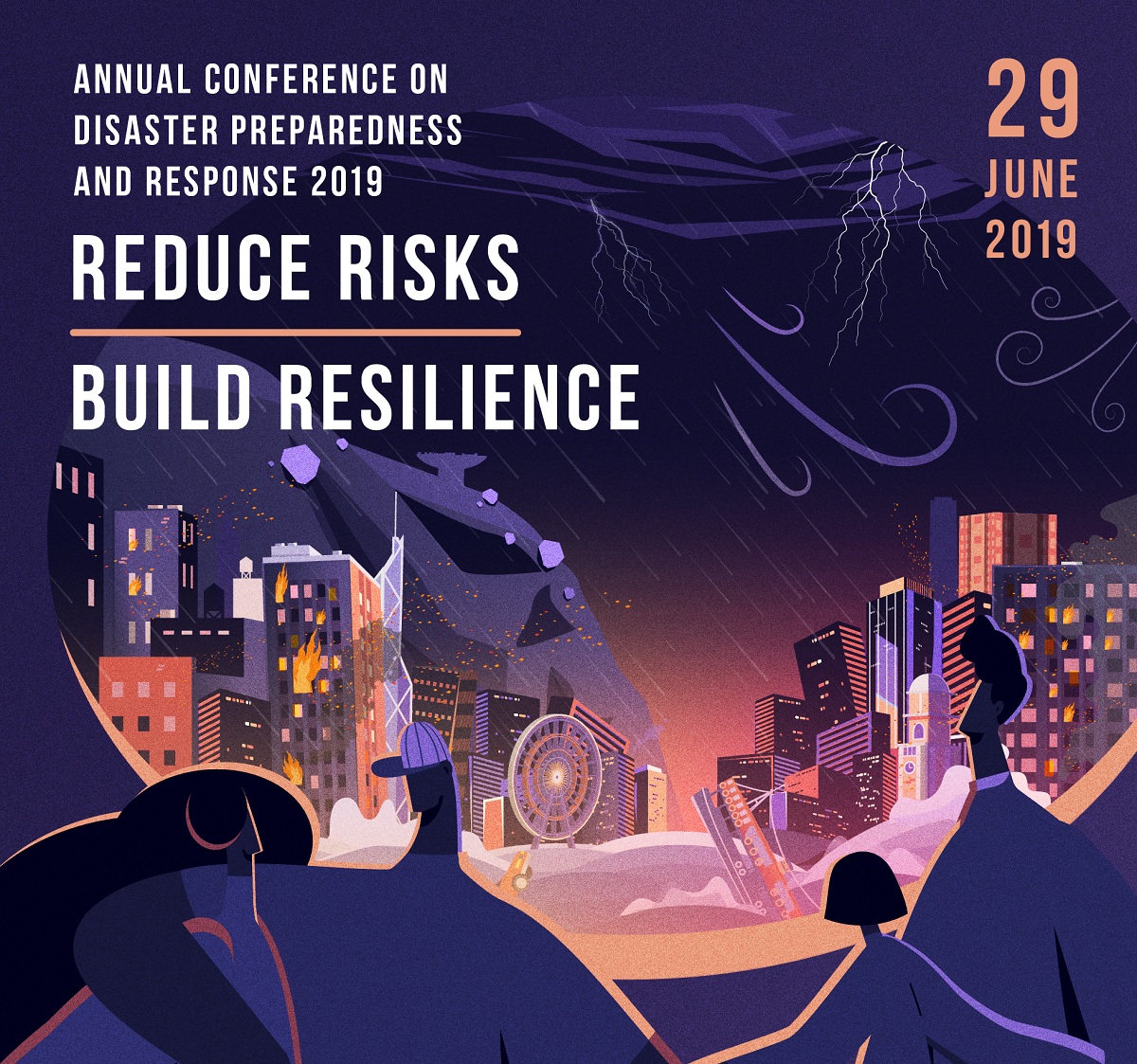You are here
A Summary: Is Hong Kong a Disaster Resilient City?
A Summary: Is Hong Kong a Disaster Resilient City?
A megacity facing high risks from natural hazards
Megacities can be seriously susceptible to various natural hazards potentially posing negative impacts on human health, economy and sustainability. With the global population living in urban cities projected to increase to 66% by 2050, building disaster resilient in big cities has become a global focus in the last decade.
Hong Kong is considered a megacity and faces high risks from natural hazards such as heavy rainfall, storm surges, and tropical cyclones. These events often trigger floods and landslides and could cause critical damage to the city. As these consequences are still rare, the researchers believed that disaster preparedness and risk recognition might be underestimated in Hong Kong. Nevertheless in the wake of climate change, Hong Kong may face unpredictable future climate.
The team of researchers used Hong Kong as a case study to demonstrate how to analyse a megacity’s disaster resilience and to show how the findings could be interpreted into practice.
What did the research involve?
This study used the Sendai Framework Local Urban Indicators (LUI) Tools developed by the United Nation Office for Disaster Risk Reduction for the evaluation. LUI helps local stakeholders to evaluate a city’s disaster resilience performance and to help them implement appropriate policies. 31 LUI indicators were selected and categorised into 10 essential components from the ‘Ten Essentials for Making Cities Resilient’ framework. Answers to the indicator questions highlighted levels of disaster resilience and gaps.
Findings and interpretations
Hong Kong’s integrated disaster resilience scored 4.2 out of 5, indicating a satisfactory performance of the integrated performance of disaster resilience.
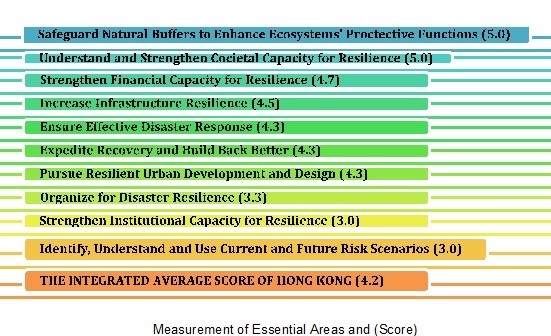
These findings indicated that Hong Kong was largely disaster resilient in the following context:
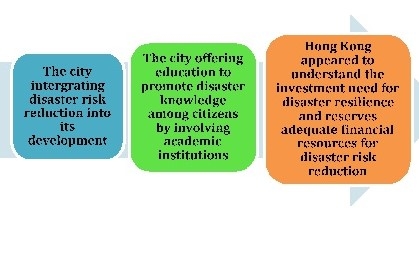
However, this study also identified some areas for improvement. Hong Kong may need to improve institutional organisation for disaster governance between the government and society especially in regard to disaster risk identification and information sharing systems. Furthermore, Hong Kong’s disaster management system tends to focus on immediate emergency response and building physical resilience, however the city needs to develop a more comprehensive and long-term DRR strategy and vision to improve disaster resilience.
Conclusion
Building disaster resilient cities involves large amount of effort in understanding, assessing, and managing disaster risks. This type of investigation can help expand our knowledge of disaster resilience through providing in-depth analysis, by directing further studies and prompting city planners and policy makers to consider more appropriate sustainable development for cities. Finally, there is a pressing need in raising the disaster risk preparedness of Hong Kong’s general public, and a knitted society to facilitate roles in the recovery process.
This article is summarised from: Timothy Sim & Dongming Wang & Ziqiang Han, 2018. "Assessing the Disaster Resilience of Megacities: The Case of Hong Kong," Sustainability, MDPI, Open Access Journal, vol. 10(4), pages 1-16, April.




